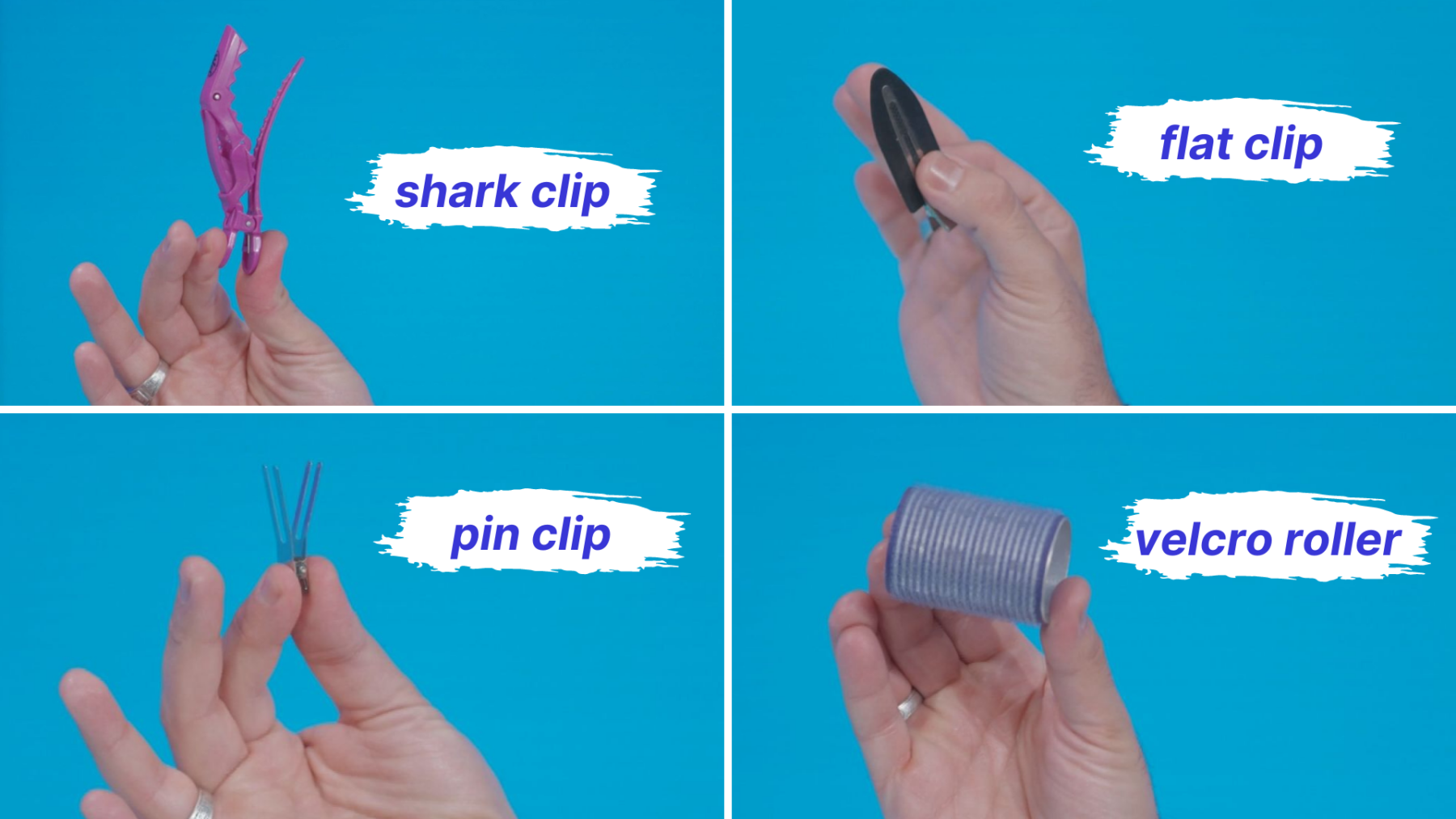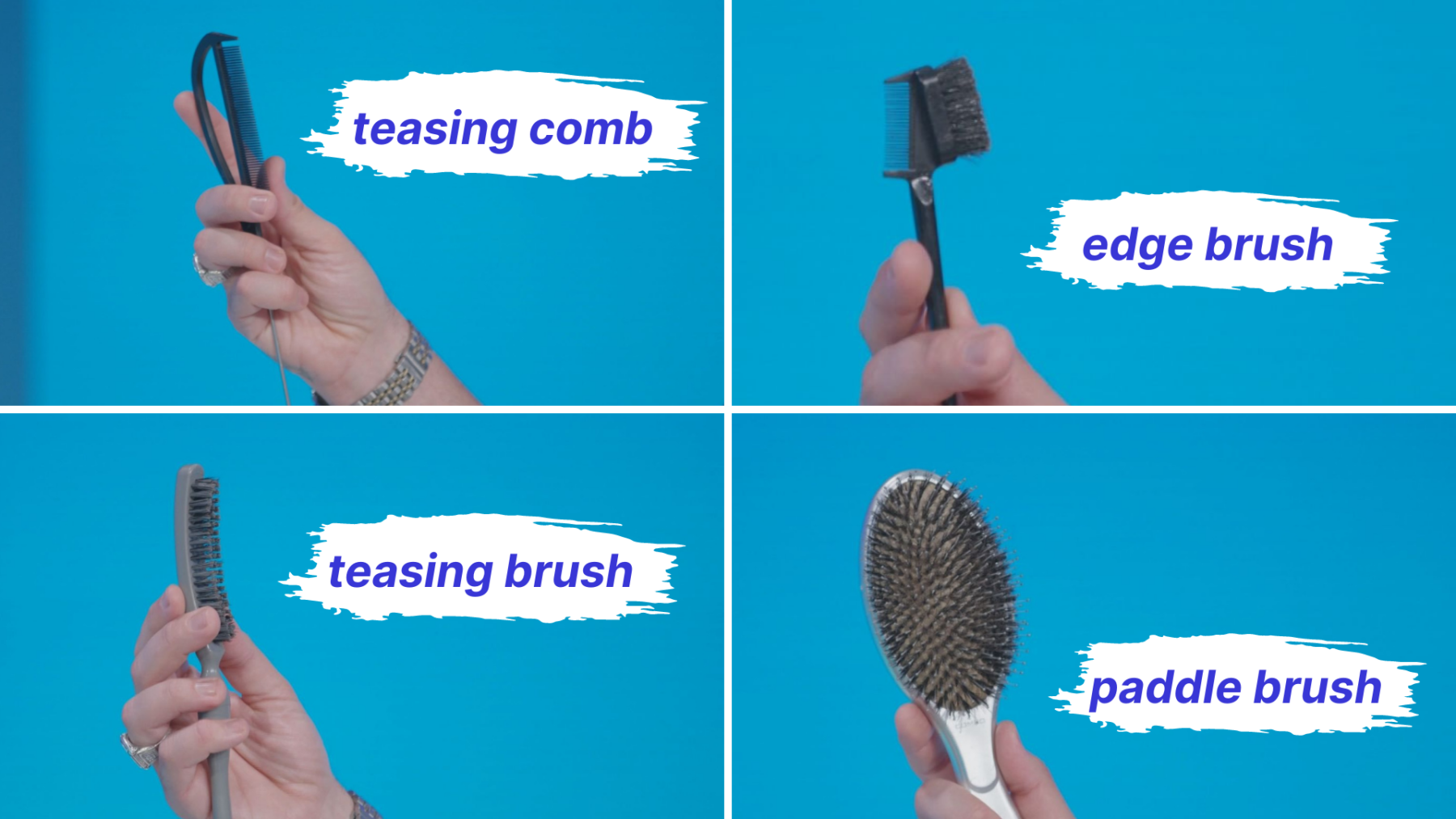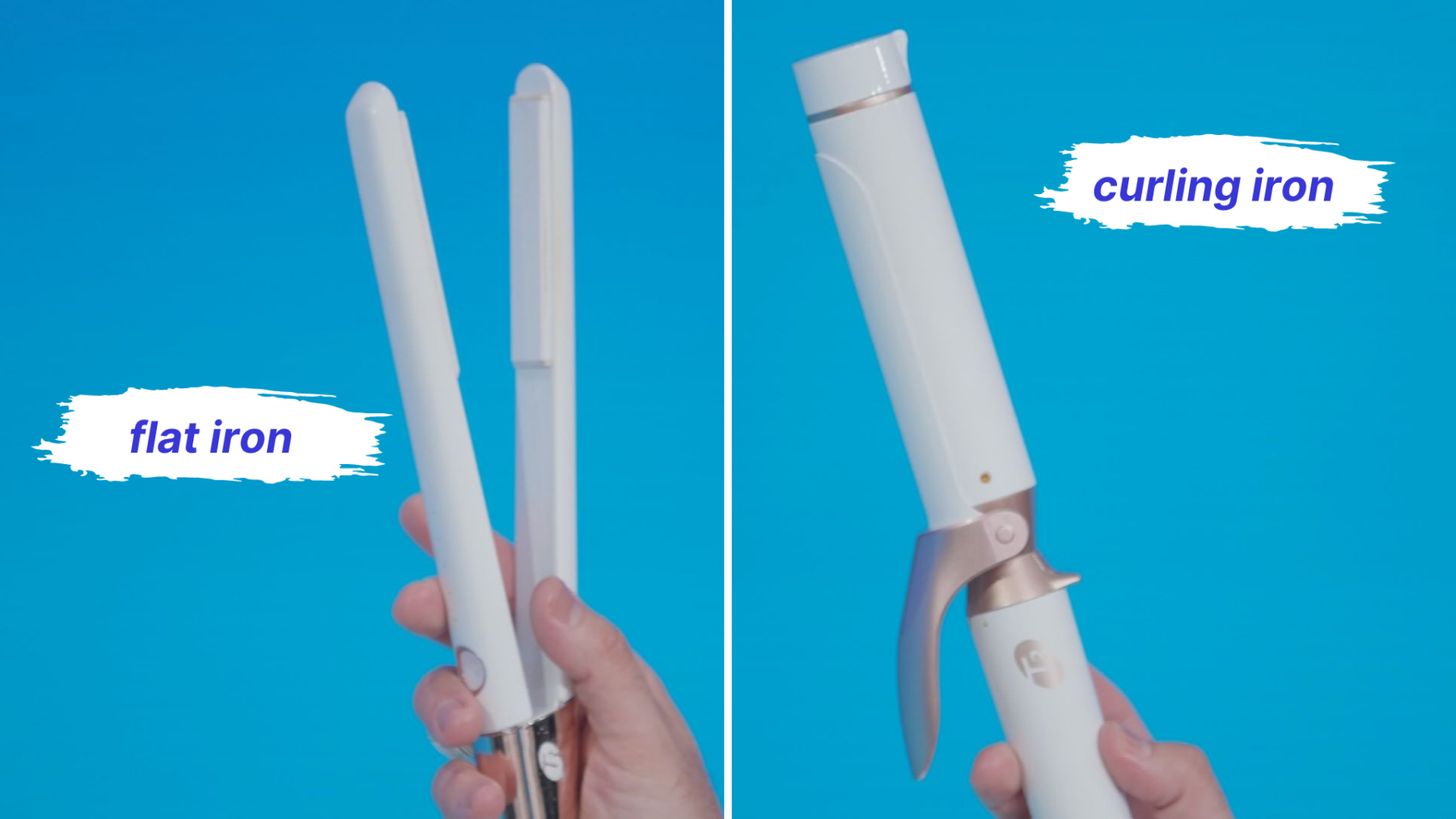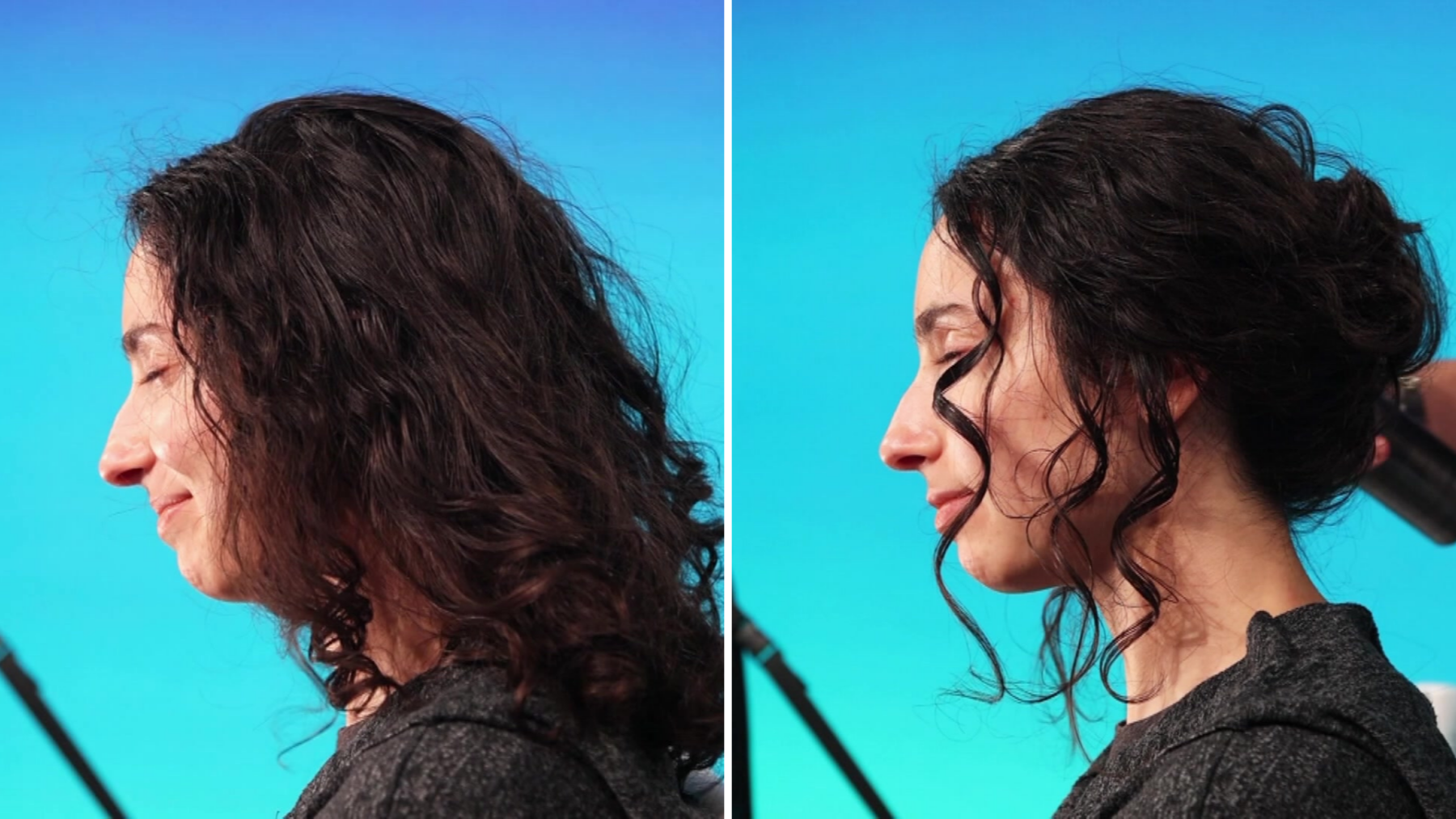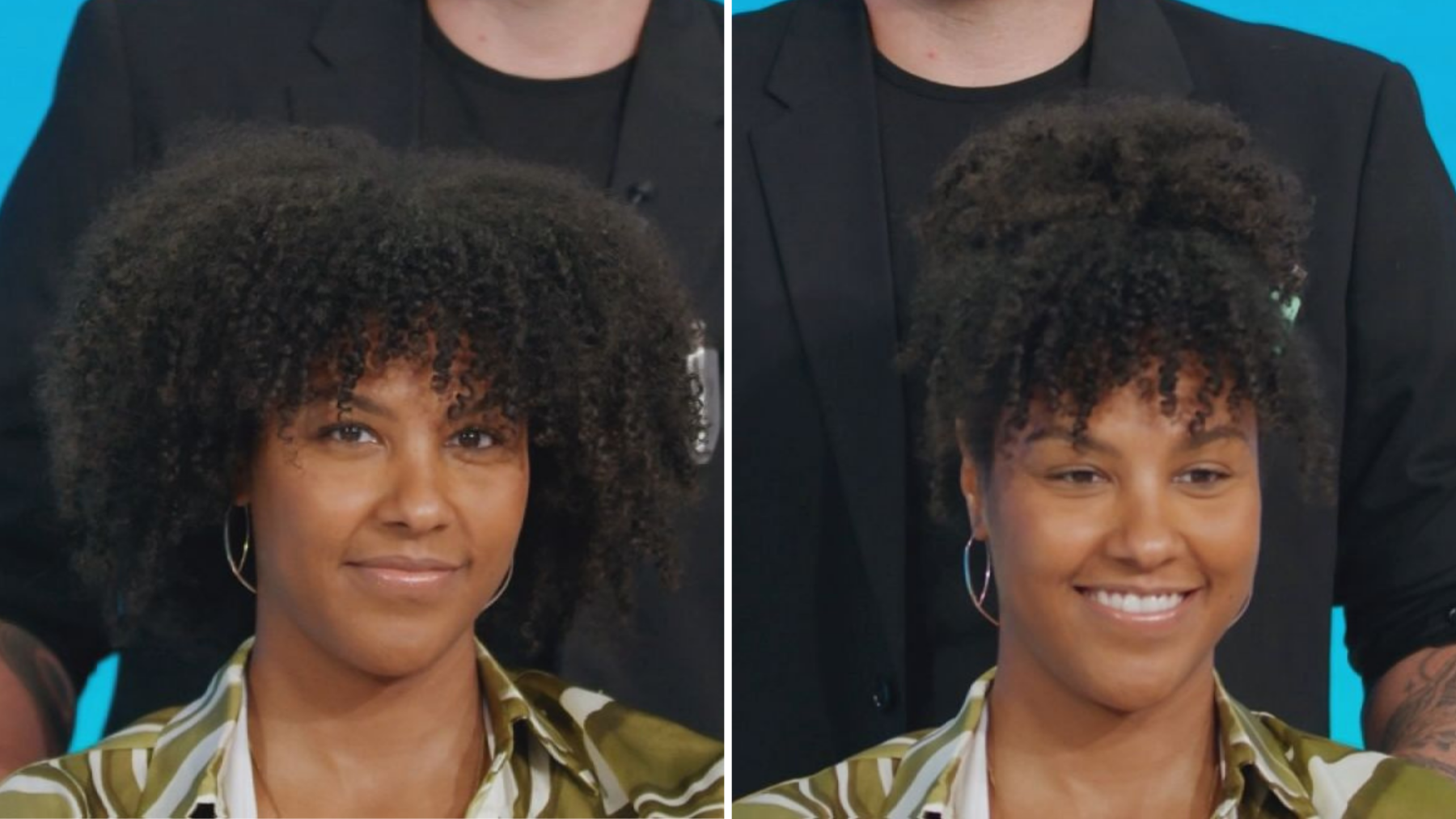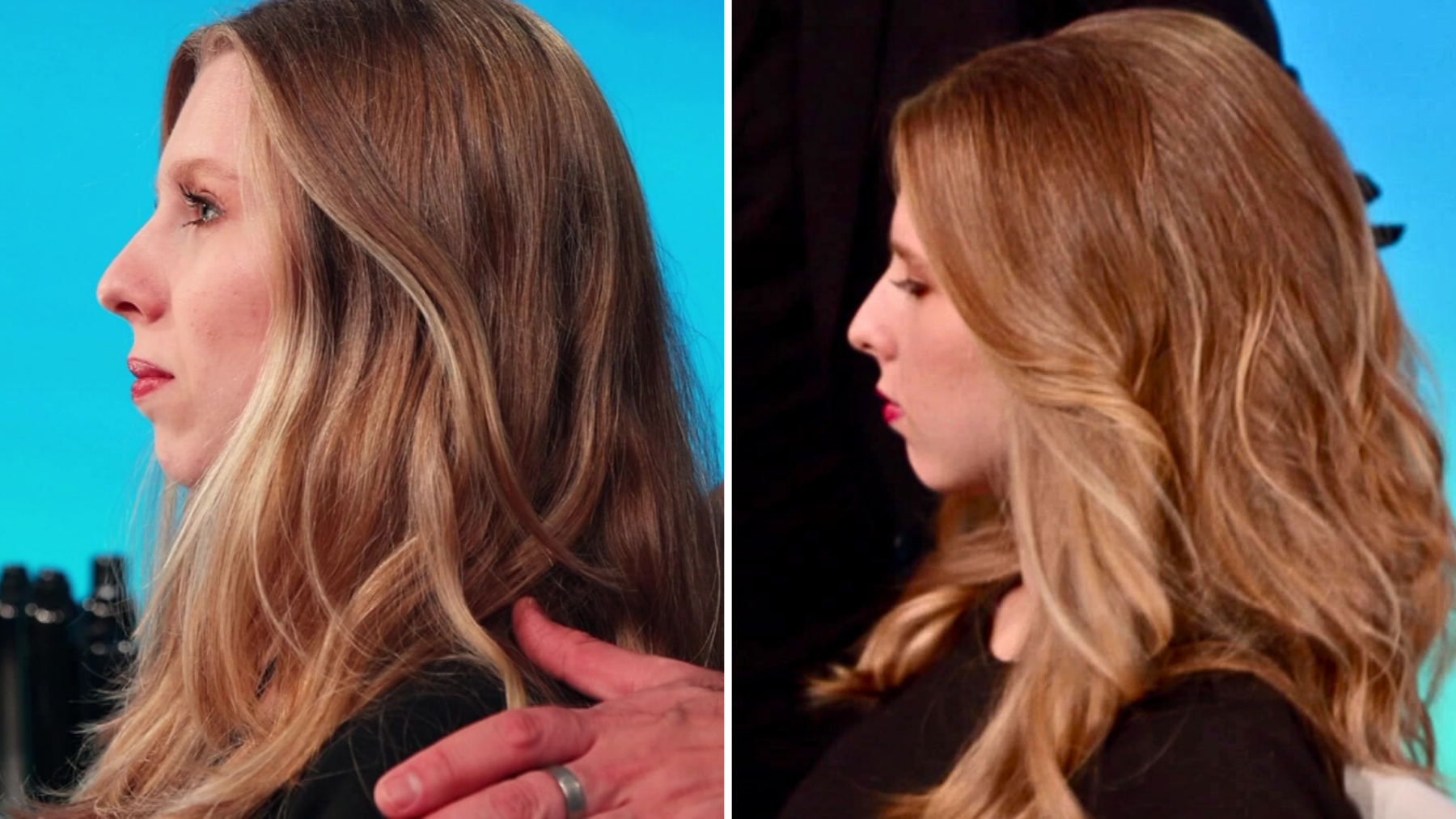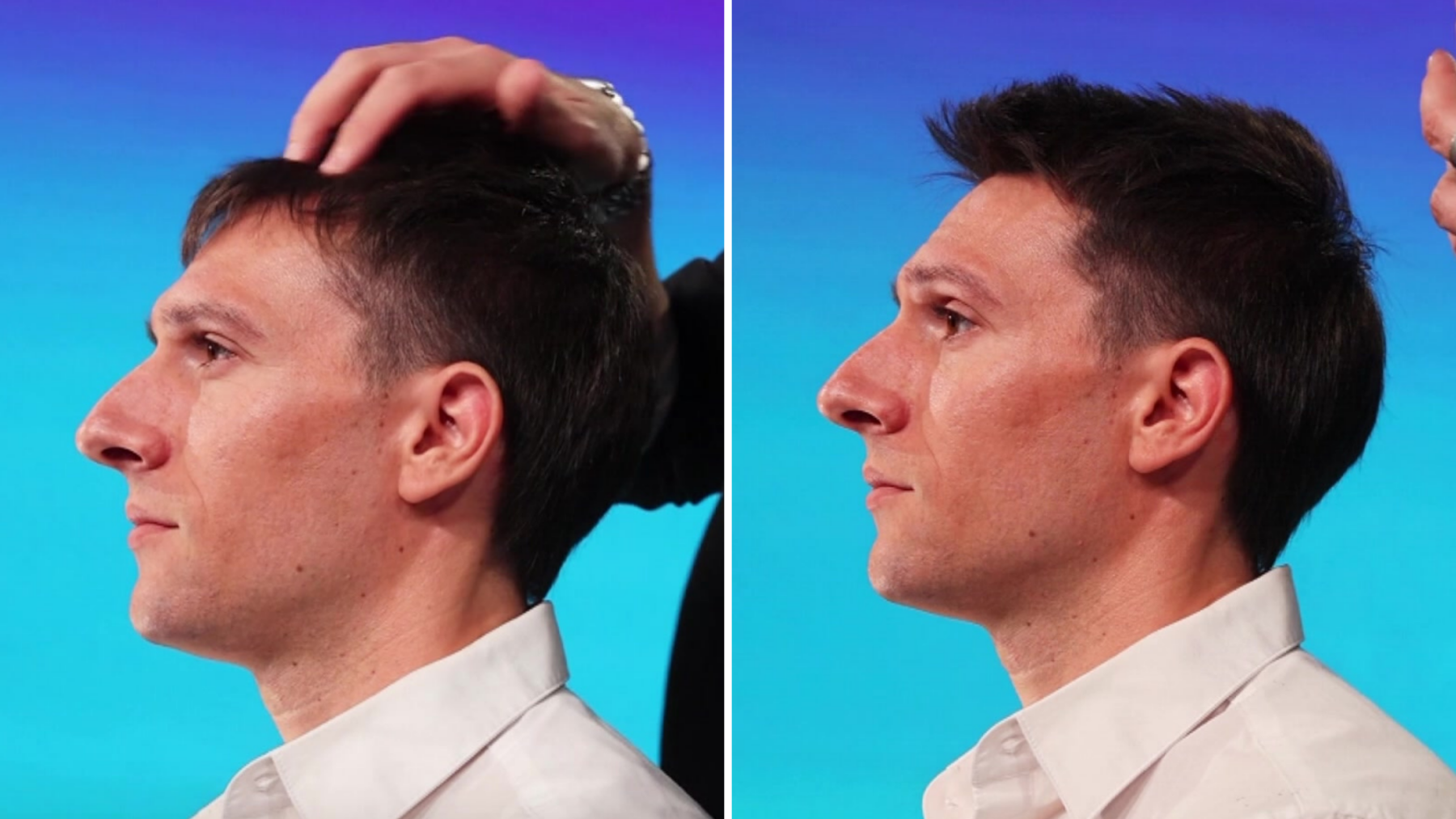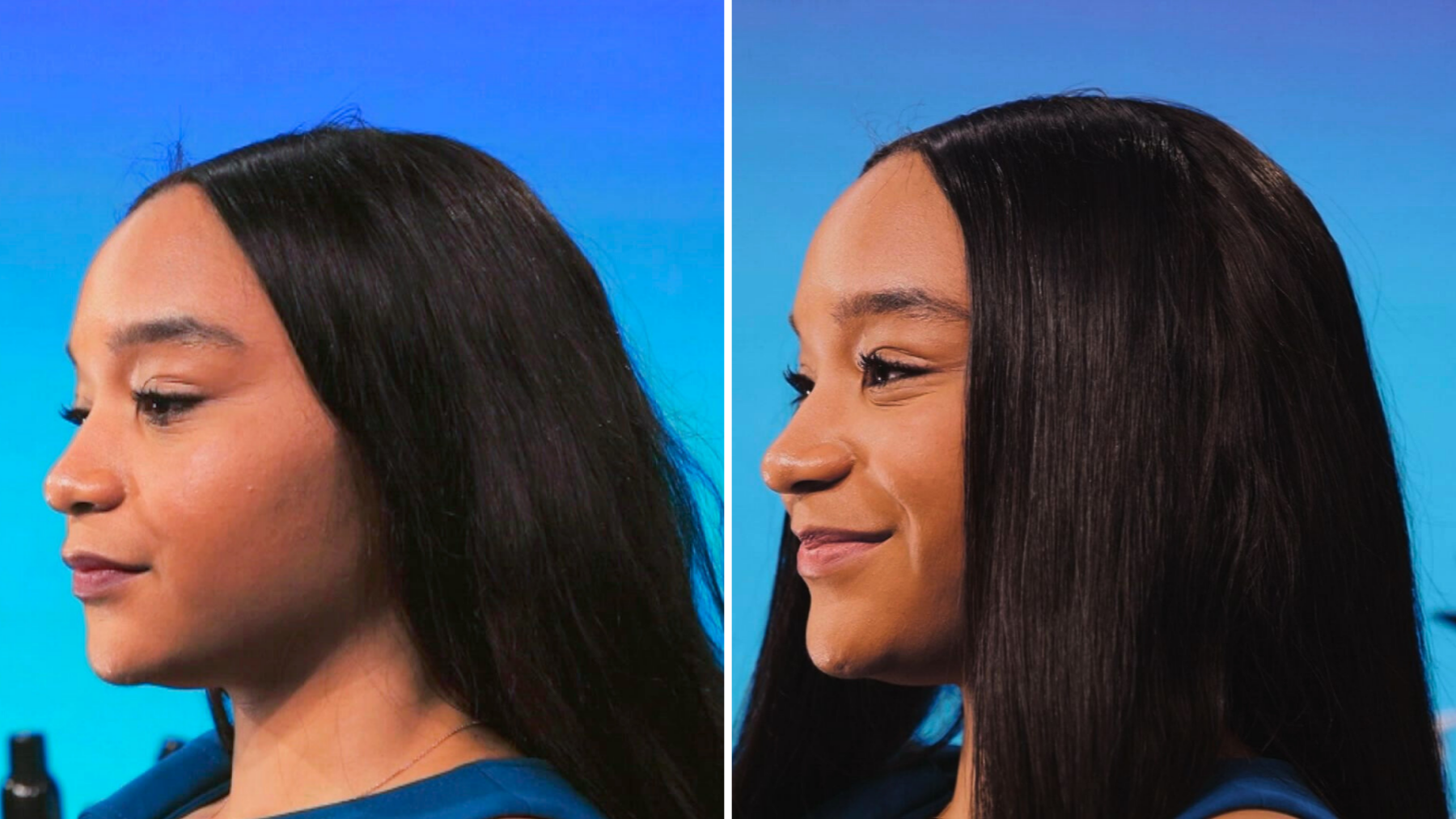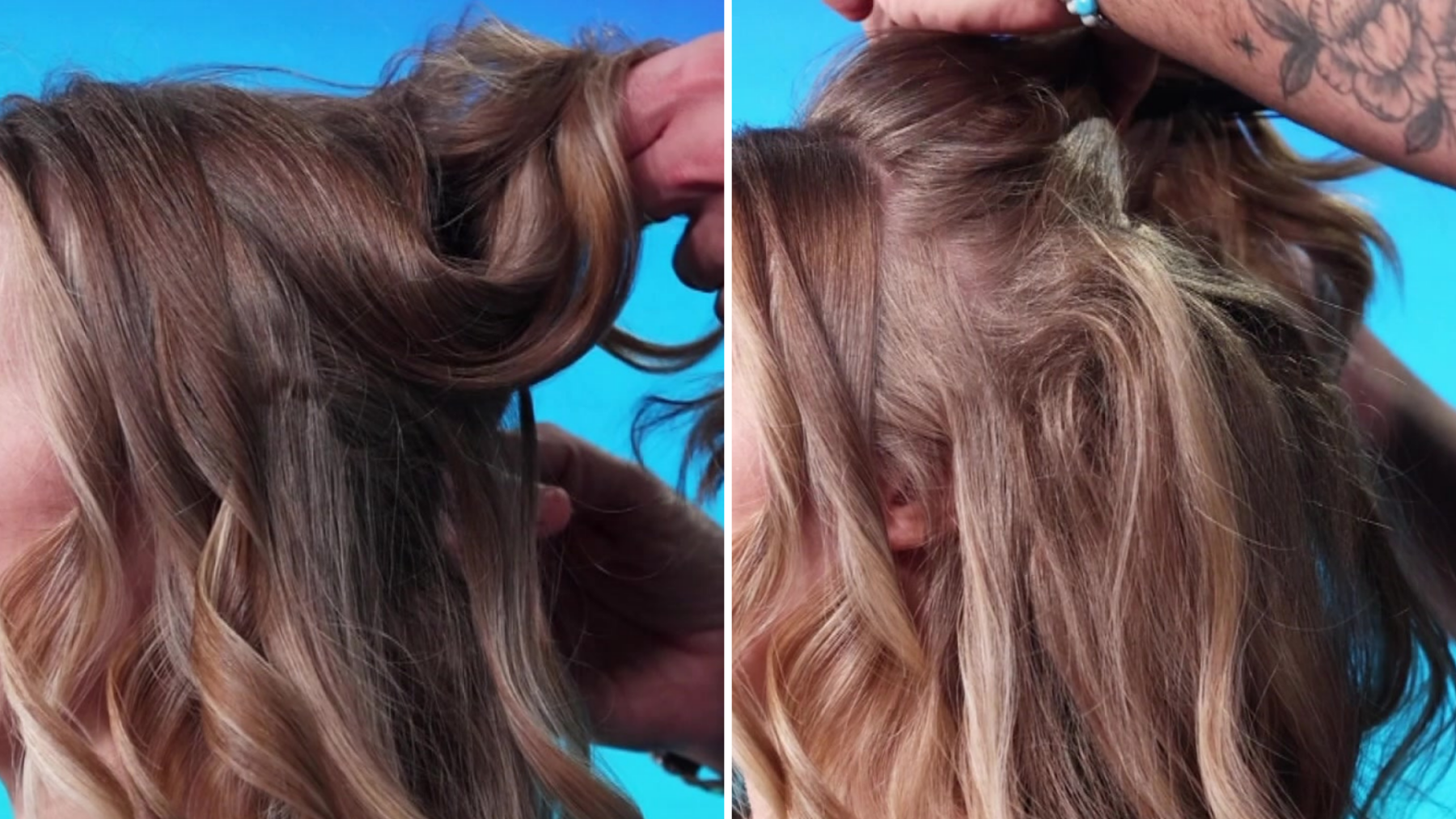Need a more in-depth tutorial for all 4 hairstyles? We got you! Watch Yanni’s step-by-step process HERE.
News anchors, TV reporters and multimedia journalists don’t have a lot of prep time for hair and makeup. That’s why they need stylists who are versatile in different haircuts, hairstyles and textures.
“You can’t just be with one anchor forever and expect to know what’s up-and-coming,” said Yanni Metallinos, a hairstylist for NBC News NOW anchor Hallie Jackson.
In the video above and text below, Metallinos — who also manages a salon, Bethesda Cuts and Color in Bethesda, Maryland — shares hair styling tips.
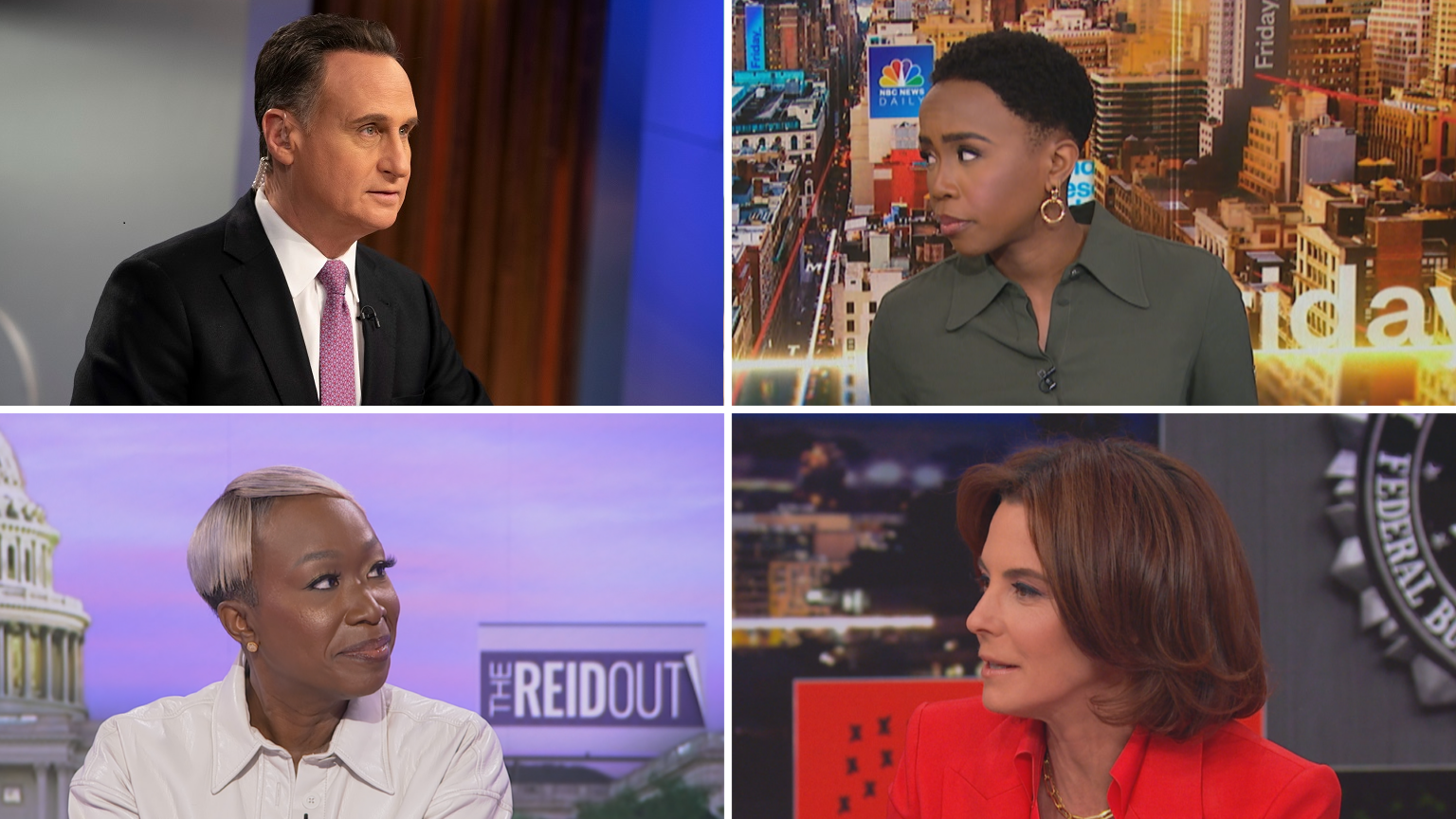
‘The frame’ for hairstyles
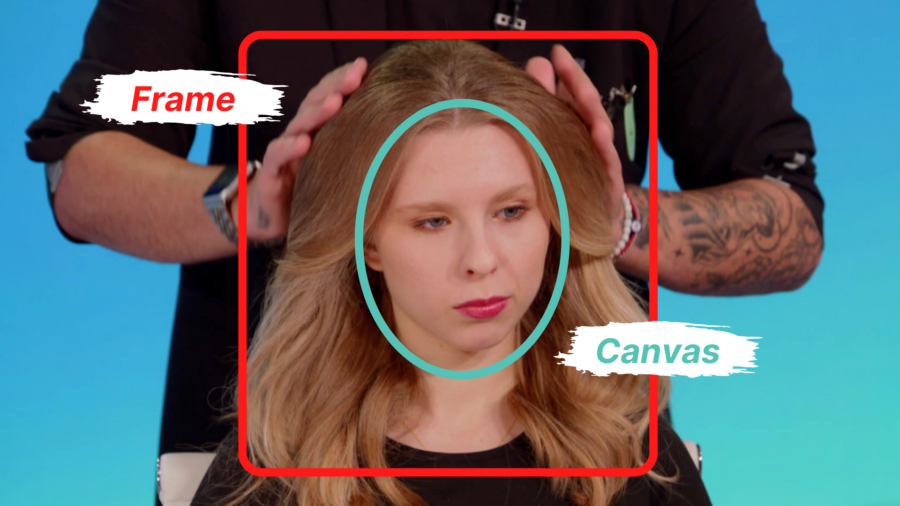
To makeup artists, someone’s face is a “canvas.” Hair stylists, similarly, craft a “frame” for that canvas.
“You want to completely frame the face,” Metallinos said. “Everyone looks good with hair out of the face.” A go-to style is blow-drying the hair and using a curling iron to make soft waves, taming the hair away from the face.
Dry shampoo vs. hair spray
Both can be dispensed out of cans, but dry shampoo reduces shine and absorbs oil while hair spray is sticky and holds strands of hair together. Metallinos prefers putting dry shampoo on TV reporters’ hair as a first step in styling when someone did not wash their hair that day.
“Hair spray is the worst enemy. It completely ruins everything,” Metallinos said. Next time you’re trying to tame fly-away hair, use a curling iron. Set it on a low-heat setting and lightly run it over the top of the head near the part where most hairs stick up. This will relax the hair, and you will successfully avoid crunchy hair from too much hair spray.
Teasing combs vs. brushes
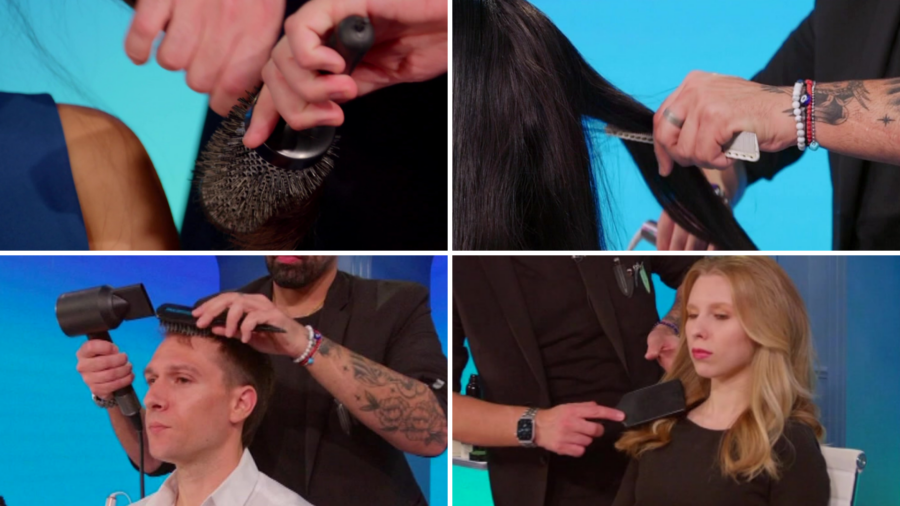
Not all combs and brushes are created equal. Metallinos prefers carbon combs when using a flat iron because the heat on the hair could melt a plastic brush. Similarly, you need a dense brush when finessing small hairs along the hairline. You can use a paddle brush to soften curls after a curling iron, but use a wide-tooth comb to make sure blowout cream is dispersed evenly throughout your hair.
Extensions vs. wigs
Viewers often do not realize that anchors and reporters have the extra help of extensions and wigs when it comes to looking polished. Hair styling tips and hairstyles go beyond natural hair!
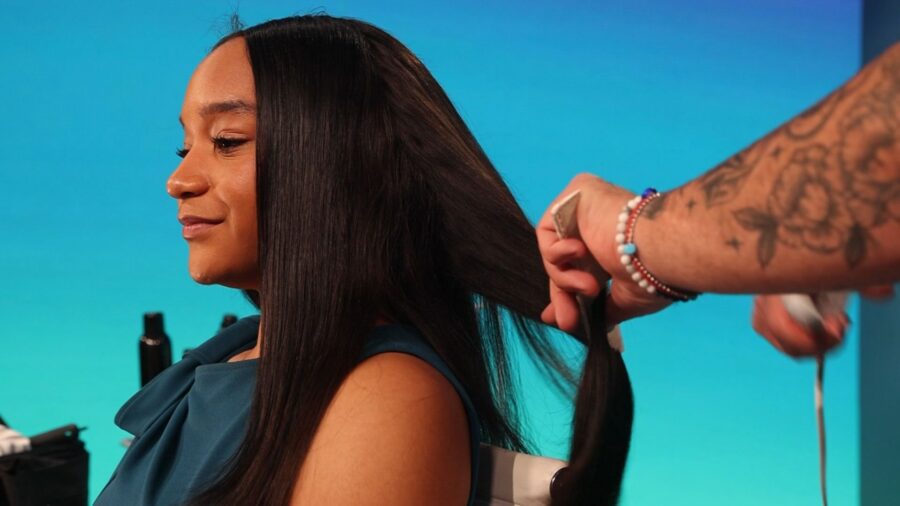
Extensions can be woven or clipped into someone’s hair to add volume or length. Many extensions contain synthetic materials, so use lower heat with blow dryers and straightening irons. Extensions and other protective hair styles, like braids, are maintained with routine visits to the salon to refresh the look. These options can protect someone’s real hair from repeated heat damage caused by straightening. Also, they provide a quick solution if someone wants to go from short to long hair for styling flexibility.
Wigs completely cover a person’s scalp. These pre-made styles are a quick way to change someone’s look whether it’s color, texture or length. They also help people who prefer to cover their hair for religious conditions or who lack full growth due to medical reasons.


